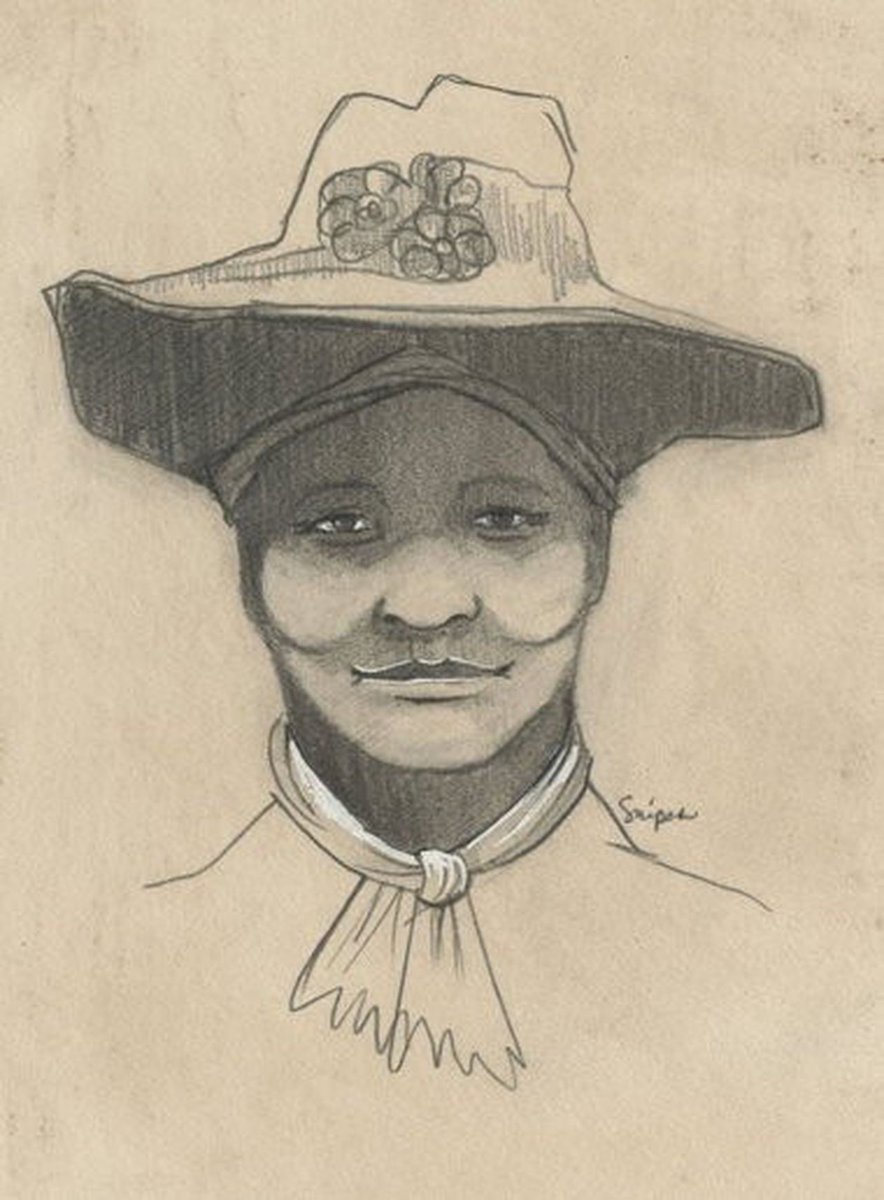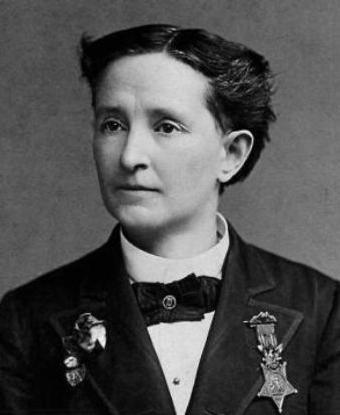
#OTD in 1848 gold was found at Sutter’s Mill, California. This spurred the California Gold Rush, as northern Free-Soilers and pro-slavery Southerners both flocked to the new territory acquired through the Mexican-American War. #OnThisDay #OnThisDate #TodayInHistory #GoldRush 

The battle over California’s fate as a free or slave state ignited intense debate in Congress, deepening the divide between the free North and the slave South. #California #Slavery #CaliforniaHistory
The prospect of a free California threatened to upset the even balance between free and slave states, something that southern slaveholders were unwilling to accept without certain concessions. The issue was temporarily resolved through the Compromise of 1850.
This compromise allowed California to be admitted as a free state and outlawed the slave trade in Washington D.C. It also allowed white settlers in the Utah and New Mexico territories to decide their own fate regarding slavery through a popular sovereignty.
Furthermore, a strict fugitive slave law was passed to help appease southern representatives. Balance seemed to be restored, but the debate surrounding California and slavery exacerbated tensions between North and South that eventually led to the Civil War.
For much more on this topic check out Leonard L. Richard’s book “The California Gold Rush and the Coming of the Civil War” (Link below)
amazon.com/California-Com…
#History #USHistory #AmericanHistory #civilwar #AmericanCivilWar #USCivilWar #TwitterHistorians #AmWest
amazon.com/California-Com…
#History #USHistory #AmericanHistory #civilwar #AmericanCivilWar #USCivilWar #TwitterHistorians #AmWest
• • •
Missing some Tweet in this thread? You can try to
force a refresh







